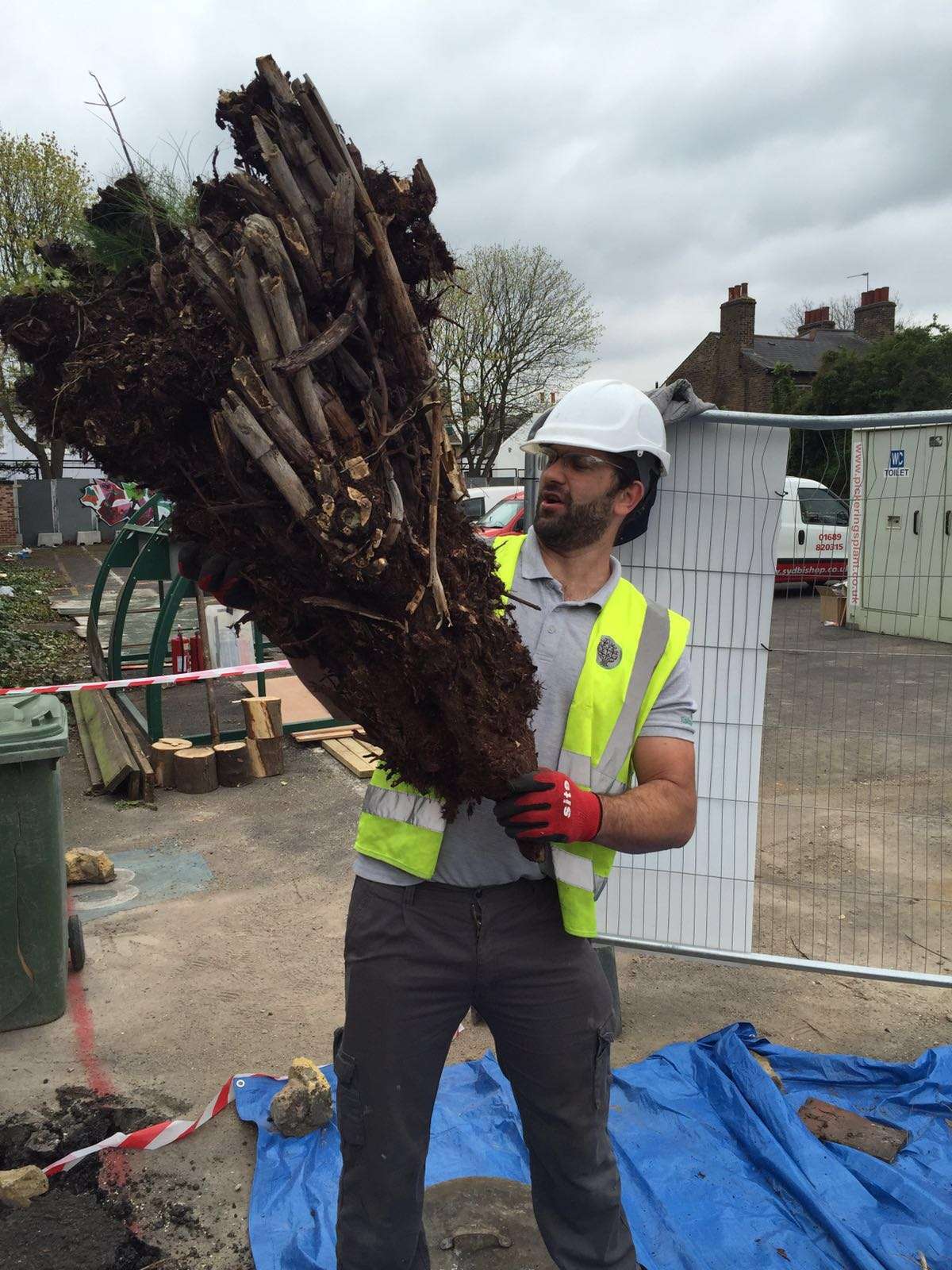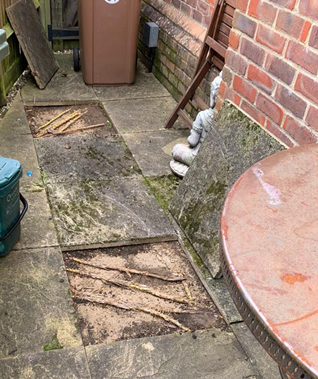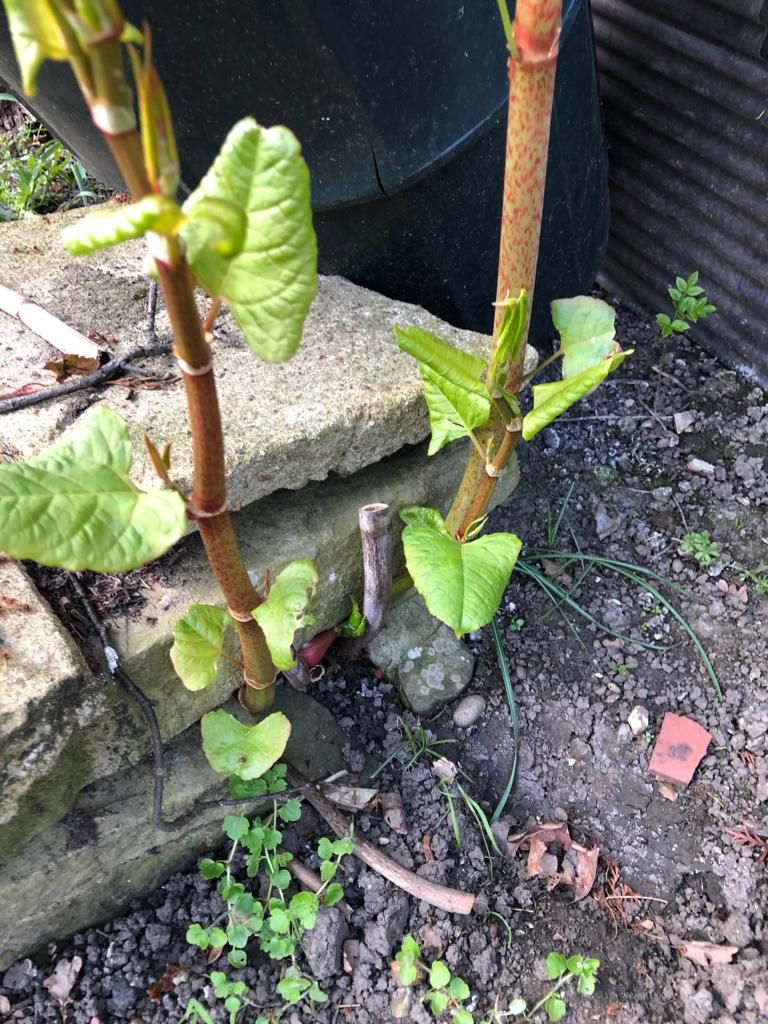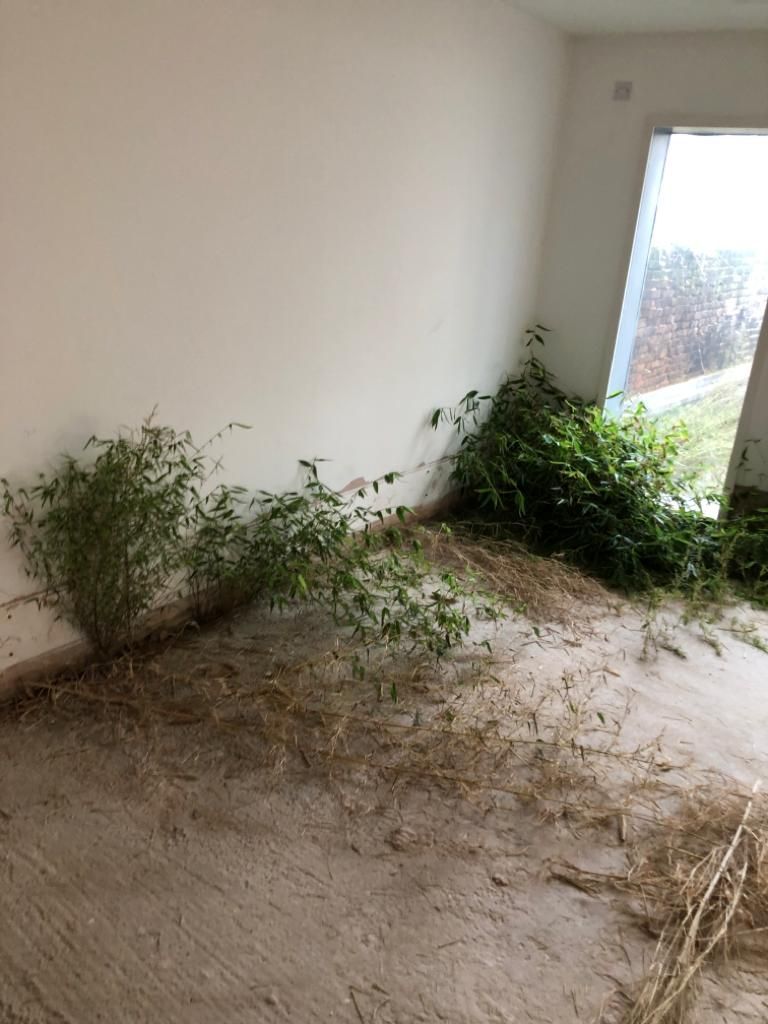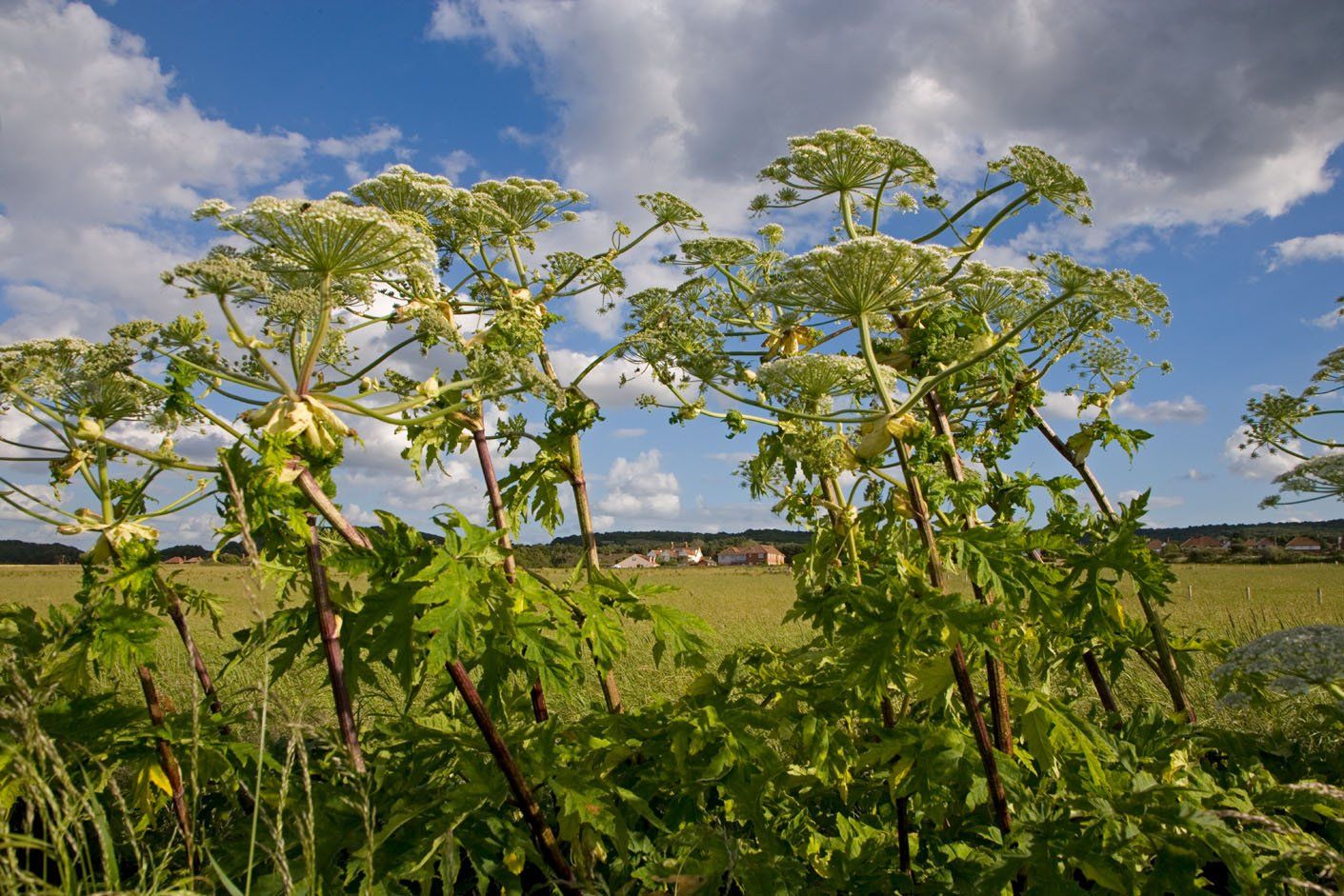Where Does Japanese Knotweed Come From?
Japanese knotweed is an invasive species, which means it’s not native to the UK. It spreads rapidly and easily, taking over the land where other plants should be growing. But how does it randomly appear in your garden if you’ve never had it before? The cause could be one of several.
Winged Seeds on the Wind
The plant produces seeds that are designed to lift on the wind and fly to a new home. You can’t really prevent anything from flying in on the wind, but if you notice one of these plants in the garden, you can immediately remove it and be sure to get rid of the rhizomes that are forming. If you’re lucky, you’ll eliminate it before the plant gets established.
If removing the young plant, you may use herbicides, or you can dig it up. It’s never a good idea to mow or cut the plant, as small pieces can regrow into a proper plant that will spread.
Rhizomes Under a Fence
Do your neighbours have Japanese knotweed? If so, it can easily make it into your property. The rhizomes spread underground and new plants push up from each of these. This means that anything growing near your property could rapidly become your problem. The same thing occurs if you have rhizomes on your side of the fence. They can spread to your neighbours as well.
Stem Fragments in Soil
Tiny bits of the plant can also regrow. This is the main reason it’s not a good idea to mow or cut it up at all. Even a small fragment can turn into a full plant, so you must be very careful at how you dispose of it.
This is also a way that a Japanese knotweed plant can get into your garden. If you have soil from another place that isn’t clean, it could easily have a small piece of the knotweed stem in it. Compost is the same, and may be contaminated. You should be very careful when accepting anything that is in soil from another location.
Since Japanese knotweed spreads so easily, it is dangerous to have in your garden. Any time you see a plant you suspect may be one of these invasive species, be sure to remove it as quickly as possible. Burning it will help destroy the plant for good, but you need to be sure you have also removed all the roots.
Contact Us
Need help with your knotweed problem?
Call Gaia Environmental and we’ll take care of it for you.


